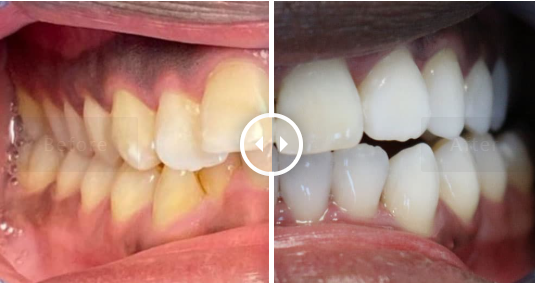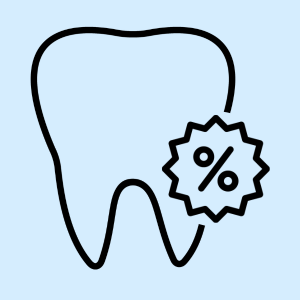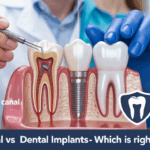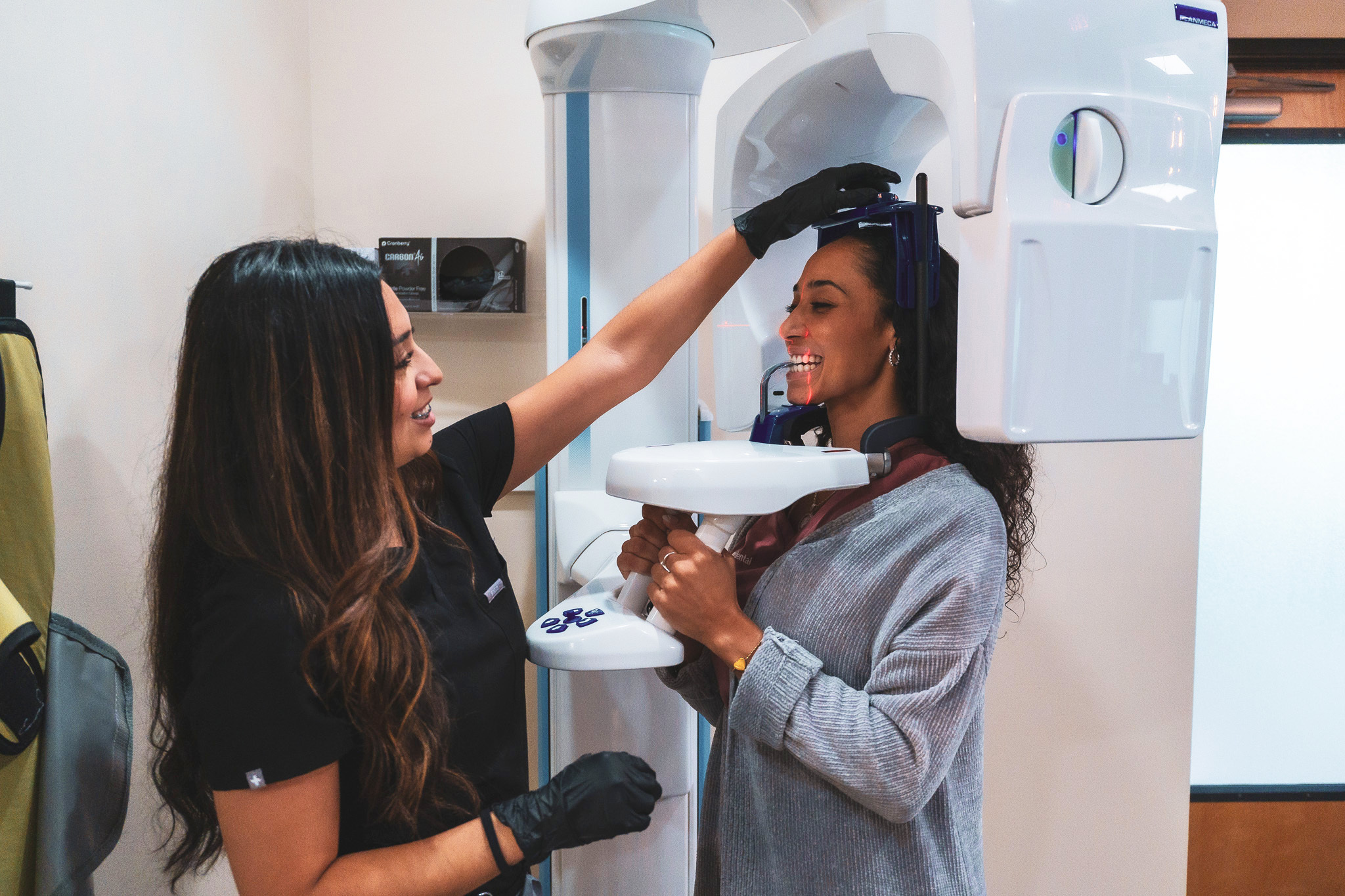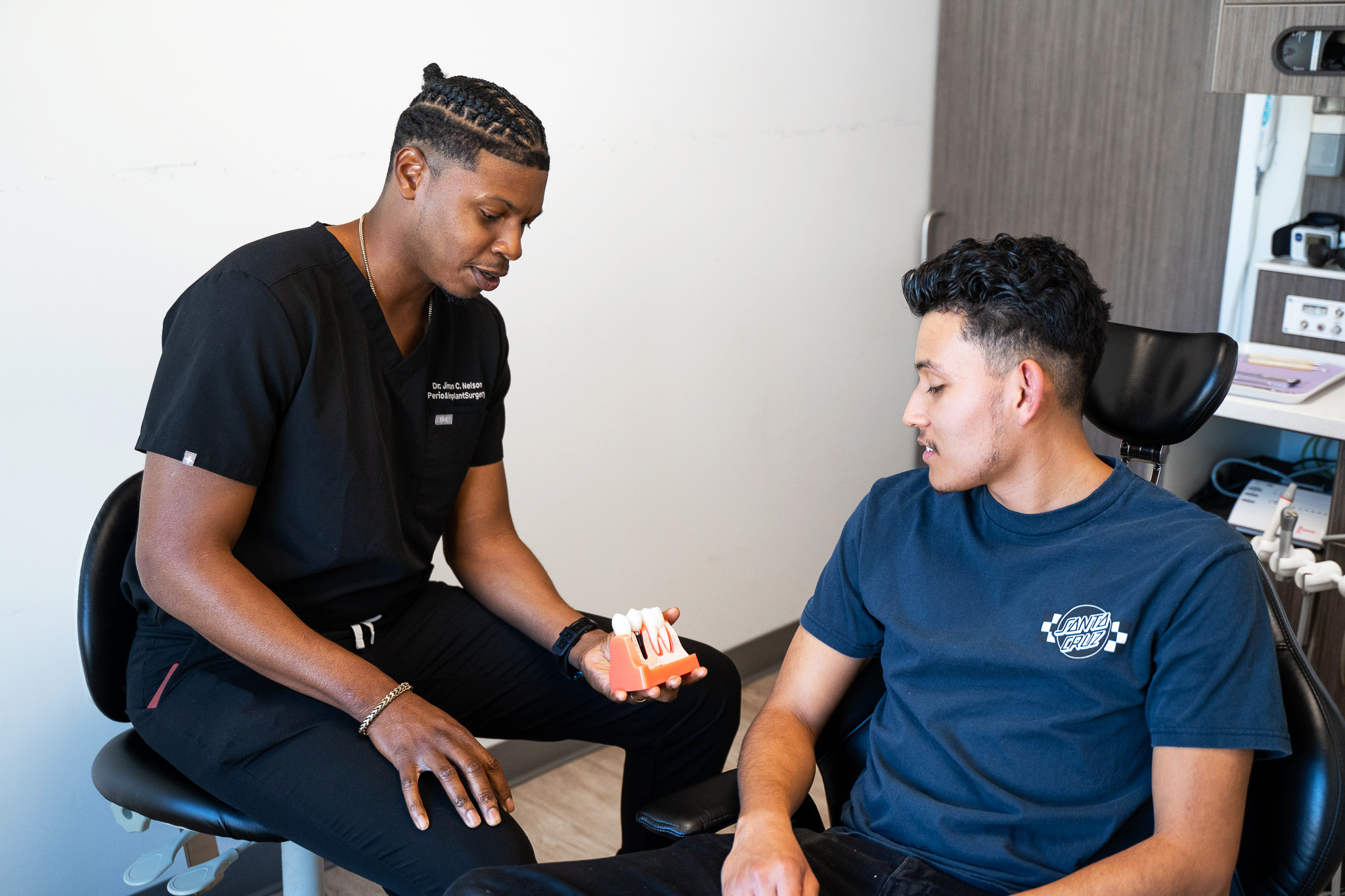What are craze lines or cracks?
Craze lines or cracks are vertical, superficial lines that usually develop on the tooth enamel as people age. These cracks are also referred to as superficial cracks or hairline cracks. Craze lines may be translucent or brown, grey, or yellow. These small cracks may often go unnoticed unless you intentionally look for them.
In most cases, craze lines are completely cosmetic, i.e., they don’t cause any medical problems or require treatment. However, the depth of craze lines is sometimes hard to ascertain, and the damage may run deeper than surface level, so you need to contact an emergency dentist near me for digital x-rays, diagnosis, and treatment.
Below, we answer your questions about the small cracks in your teeth.
What causes small cracks to form in my teeth?
- Wear and tear: Small cracks may develop due to numerous causes, including wear and tear. Many years of putting pressure on teeth by chewing food eventually help craze lines to develop. That’s why craze lines are more common in older or middle-aged people.
- Teeth grinding or bruxism: Do you clench your teeth while sleeping? You’re probably not aware of your teeth grinding habits, but your dentist can identify them after examining your teeth. Teeth grinding can wear away the enamel, increasing the risk of dental cracks.
- Nail-biting: If you have a long-term habit of nail-biting, you may eventually develop craze lines or cracks on the surface of your teeth. You may also develop craze lines if you bite hard objects, such as pen caps, ice cubes, and hard candy.
- Misaligned teeth: If you have misaligned or crooked teeth, you may have an uneven bite that places considerable pressure on your teeth while chewing food. This can increase the risk of dental cracks and craze lines.
- Trauma or injury to teeth: You may develop craze lines or small cracks in your teeth because of sports injuries, falls, accidents, and trauma. However, in these cases, the damage can also run deeper than the surface, necessitating dental treatments. That’s why you must always contact emergency dentists if you have dental trauma.
How did hairline cracks form in my front tooth?
Hairline cracks develop on your front tooth mainly because of pressure. Putting pressure on our teeth over time causes tiny cracks that go unnoticed by the eye. However, people with hairline cracks may experience sharp pain when biting into food. You may feel increased pain levels when your hairline crack gets worse. Hairline cracks are considered harmful to your dental health, so it is important to opt for emergency dental care. Bacteria can make their way to your teeth through the hairline crack and lead to tooth decay.
Are these craze lines or cracks in my tooth enamel serious?
Craze lines are often a cosmetic concern as they may look unsettling. However, if the cracks go beyond your enamel, you must consult your dentist to get it fixed quickly. Prompt treatment will save your tooth by preventing further damage and infection.
The biggest complication of having a cracked tooth is an infection that can quickly spread to the gums and bone. You must consult an emergency dentist to drain the pus from your infected tooth. Your dentist may also prescribe an antibiotic to prevent the spread of bacteria.
Some of the common symptoms of having a dental infection include:
- Pain while eating or chewing
- Fever
- Swollen gums
- Sensitivity to cold or heat
- Bad breath
- Tender glands in your neck
How to fix craze lines?
If you have very small cracks or minor craze lines, you can try the following:
- Composite Bonding: The dentist will fill the cracks or craze lines with composite resin material. Composite resin is a common dental material used to fill cracks and cavities. The dentist will apply the resin material in layers and use a special curing light to harden it, making it look indistinguishable from the surrounding dental structures.
- Veneers: If you’re dissatisfied with the overall appearance of your tooth, including its discoloration, size, and alignment, you can opt for dental veneers. Veneers are tooth-colored and tooth-shaped chips attached to the front face of your teeth to cover the external surface, thus transforming the appearance of your teeth.
However, if you develop major cracks, you need to look for emergency dentists to get them fixed as soon as possible. Your dental crack is major if it extends deep within the surface of your teeth, causes severe pain and discomfort, or runs under the gum line.
What’s the standard treatment for a tooth fracture?
The following are some of the potential treatments for dental fractures:
- Root Canal Therapy: If the dental crack reaches into the pulp chamber, you may need root canal therapy. The dentist will drill an access hole into the pulp chamber, remove all the infected pulp tissues, and seal the canal. This prevents dental infections from spreading.
- Dental Crowns: If the dental crack impacts a large part of your tooth, the dentist may replace the damaged components with a dental crown. This is a tooth-shaped cap attached to your tooth to restore its strength and appearance.
- Tooth Extraction: In rare cases, the dentist may have to remove the affected tooth to restore optimal oral health and prevent the situation from worsening.
Schedule a same-day dentist appointment near me
URBN Dental is a state-of-the-art dental clinic specializing in cosmetic and restorative dentistry services in Uptown and Midtown Houston. Our dentists carefully examine your teeth, determine the severity of the dental crack or fracture, and curate personalized treatment plans. If you have a dental crack or craze line, please schedule a same-day dentist appointment near me today.
FAQs
1. Can craze lines turn into serious cracks over time?
Craze lines are typically superficial and harmless, but under continuous stress (like grinding or biting hard objects), they may worsen or deepen, potentially leading to more significant cracks. Regular dental monitoring can help detect any progression early.
2. How can I tell the difference between a craze line and a deeper crack?
Craze lines are usually shallow, painless, and only visible on the enamel, often looking like faint lines. Deeper cracks tend to cause symptoms like sensitivity, sharp pain when chewing, or visible separation in the tooth. A dental exam with imaging (e.g., digital X-rays) is needed for a clear diagnosis.
3. Are craze lines more common in certain teeth?
Yes, craze lines are most commonly seen in the front teeth (incisors) and premolars, particularly because these teeth absorb more biting and chewing pressure. They are also more visible due to their location.
4. Can teeth whitening make craze lines more noticeable?
Yes, professional or at-home teeth whitening may temporarily highlight craze lines, making them more visible due to how light interacts with the micro-cracks. This doesn’t worsen the crack but may affect cosmetic appearance.
5. What can I do to prevent craze lines or small cracks in the future?
To prevent small cracks:
- Use a mouthguard if you grind your teeth at night.
- Avoid chewing hard objects like ice or pens.
- Practice good oral hygiene to keep enamel strong.
- Visit your dentist regularly to monitor enamel wear and bite alignment.
- Avoid sudden temperature changes in food/drink that can stress enamel.








